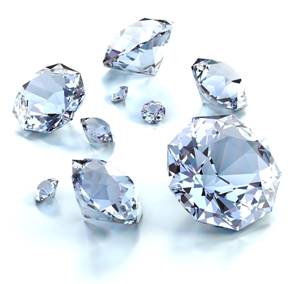 Much like fine diamonds that are graded on their cut, color and clarity, a marble grade is also based on its soundness and appearance as an indication of its quality and structural integrity.
Much like fine diamonds that are graded on their cut, color and clarity, a marble grade is also based on its soundness and appearance as an indication of its quality and structural integrity.
How is marble classified and just what each classification means is covered here.
What’s interesting about marble grading is that it falls into four different rating categories identified A to D.
The A classification is the highest quality and D is the lowest in terms of that particular marble slab’s soundness or how easy it is to work with from a fabricator’s or an installer’s perspective.
As an owner, this same rating has a different meaning and does not apply to soundness as much as it applies to its visual appearance or the aesthetics of the marble once installed.
The Marble Grade Report Card
Because marble is a natural stone, all the veins, lines and even the flaws are the characteristics responsible for its beauty and why we enjoying owning it as well as displaying it in all its regal glory. Still, it helps to understand the impact of those naturally occurring characteristics so the choices we make will endure over time.
The Marble Institute of America has established the guidelines by which a marble grade is assigned. Here is how their classifications break down:
| CLASSIFICATION | DESCRIPTION |
|---|---|
| GRADE A MARBLE | Marble in this classification displays very few geological flaws. Colors are more subtle and veining is more subdued and less dramatic or sharp in appearance. Marble with the "A" grade, unlike school, indicates marble that is not quite as aesthetically appealing as other grades. |
| GRADE B MARBLE | This classification of marble contains a few flaws as in Grade A but may also display some pitting. There may be dry veins which means a separation between naturally occurring materials and some filling of minor imperfections may be required to improve appearance and soundness of the material. |
| GRADE C MARBLE | This classification of marble contains lines of separation, voids and flaws that will require repair at the fabricators. Based on the level of imperfection the repaired areas might be noticeable. Natural stone chips or other materials may be cemented in to fill voids. These repaired areas will not be as polished as other areas. |
| GRADE D MARBLE | This group contains the most natural faults when compared to the other groups requiring more repair with dowels, cement or epoxies. The repaired areas will likely not share the same luster as unrepaired areas. While this class has more flaws it also represents the most decorative, highly colored marbles. |
To see what the top 10 stains are that can impact your marble’s appearance read my article HERE.




